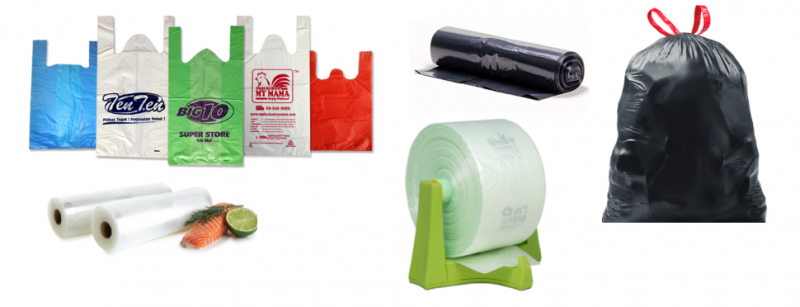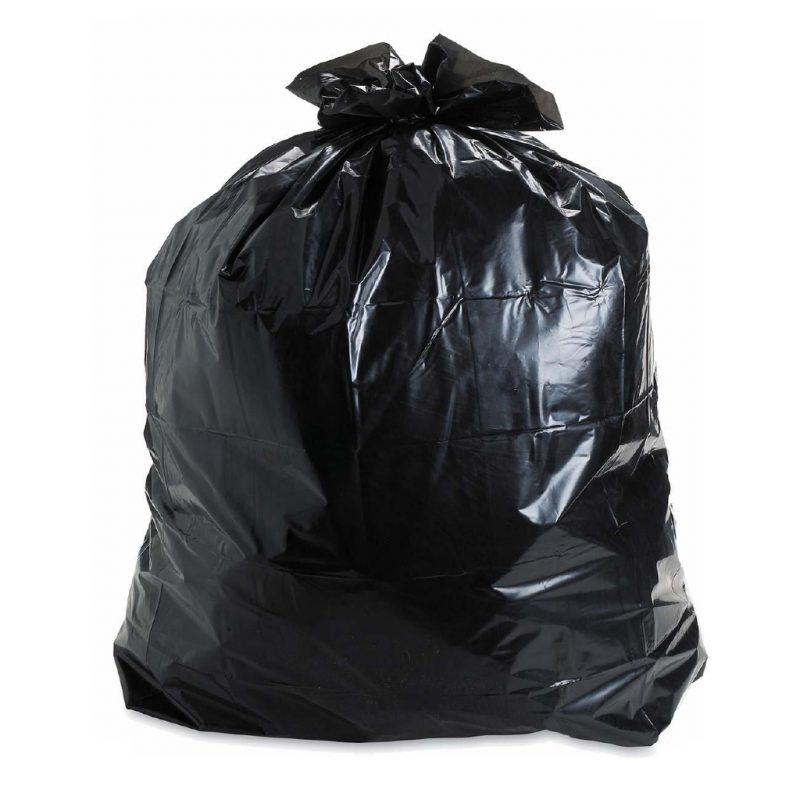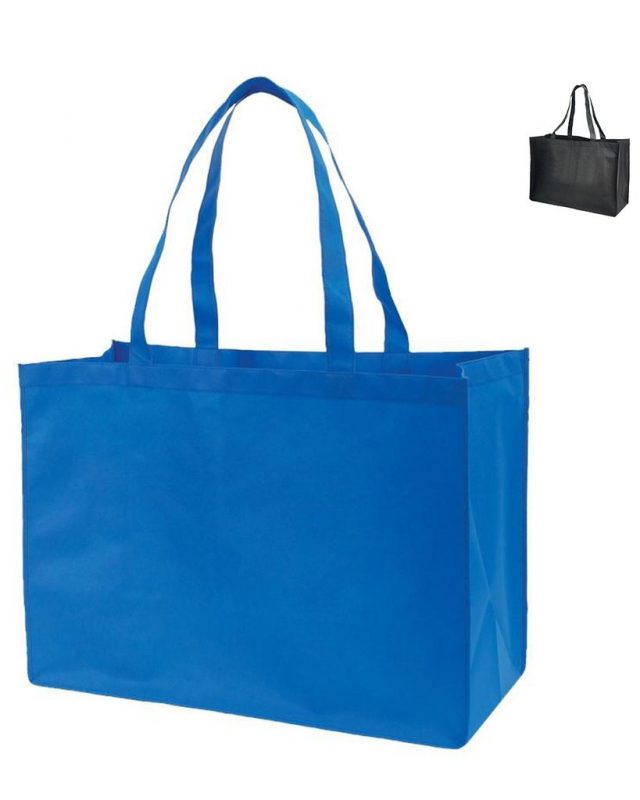Poly bags are some of the most popular uses of poly sheeting. They can have diverse uses from packaging food to small parts to building supplies. Poly bags are made from stretching sheets of film to the proper length, which are then cut and sealed to form a pouch.

5 common types of Poly Bags (distinguish from materials)
1. HDPE Poly Bags
High density polyethylene, or HDPE, is formed when minimal branching from the main strand occurs during the polymerization process. The result is a tightly packed structure of molecules and a more dense, less flexible material.
The advantages of HDPE are that it is very resistant to punctures and tears, and can be used to package heavy items safely and effectively.

HDPE plastic bags are often used to contain bulk items like construction materials such as cement and sand, but can also be food-safe for items like bulk dry goods such as rice or other grains.
HDPE poly bags are also useful for packaging irregularly shaped products, especially those with pointed or sharp edges.
2. LDPE Poly Bags
Low density polyethylene (LDPE) is a variety of polyethylene where a lot of branching occurs during polymerization, creating more space in the molecular structure and a less dense material.
This creates a poly bag that is much more flexible, typically with good clarity to make it easy to see what’s inside.
One characteristic of LDPE poly bags is that they are easier to tear than other poly bag types. While for some applications, easy access is an advantage, sensitive products or bulky items might be better protected with a more dense plastic.

LDPE poly bags are great for lightweight items requiring good visibility and ease of access like small parts, food items, and pallet covers. They are also commonly used for temporary storage, i.e. grocery bags and shopping totes.
3. LLDPE Poly Bags
LLDPE, or linear low density polyethylene, is similar to LDPE in that the polymerization process involves a high level of branching. However, the branches that form from the main polymer chain are short and parallel, allowing them to move in tandem with one another and not become tangled — as is the tendency with branches in standard low density polyethylene.
The result is a poly bag type that has a higher tensile strength and puncture resistance than LDPE, without sacrificing flexibility.

LLDPE is commonly used to make poly bags for produce in grocery stores, as the thinner gauge potential can save material costs while still providing adequate strength with quality sealing options.
LLDPE poly bags are typically less clear than LDPE poly bags, so they are more useful in applications where strict clarity isn’t a high priority.
4. MDPE Poly Bags
Medium density polyethylene (MDPE) is created when the main strand of hydrocarbons has fewer branching strands than low density polyethylene but more than high density polyethylene.
Similarly, MDPE falls between these two types in terms of resistance and strength.

MDPE poly bags aren’t as dense as HDPE, but are just as heavy-duty.
They are also less susceptible to stress cracking and have impressive shock resistance properties.
They make a great protective layer against moisture, debris, and external damage when used as packaging.
5. Polypropylene Poly Bags
Polypropylene (PP) is a common poly bag material that is in a category of its own. Although also in the family of polyolefins, polypropylene is made from the polymerization of the olefin propylene.
It’s second to polyethylene as one of the most-used poly bag types, and is growing in popularity due to its useful applications in packaging.
Characterized by its crystal clear appearance and high tensile strength, polypropylene offers more heat and chemical resistance than polyethylene.
Its edges can be sharp, so it’s best used in applications where it can’t scratch the product or contents.

Polypropylene bags are commonly used for food packaging, electronics manufacturing, and in hospitals to keep contents free of contaminants.
PP poly bags are protective against moisture, vapors, and debris.
Combined with a higher heat resistance than LDPE, PP poly bags are useful in applications with outdoor exposure.
Also, their high clarity makes them perfect for packaging where visibility of the contents is paramount.
Here at Haplast, We offer custom poly bags which can be customized according to your specific requirements. Which means no matter what type you need, we can manufacture and ship in as few as 2-3 weeks.
Visit HAPLAST’s FACTORY here
